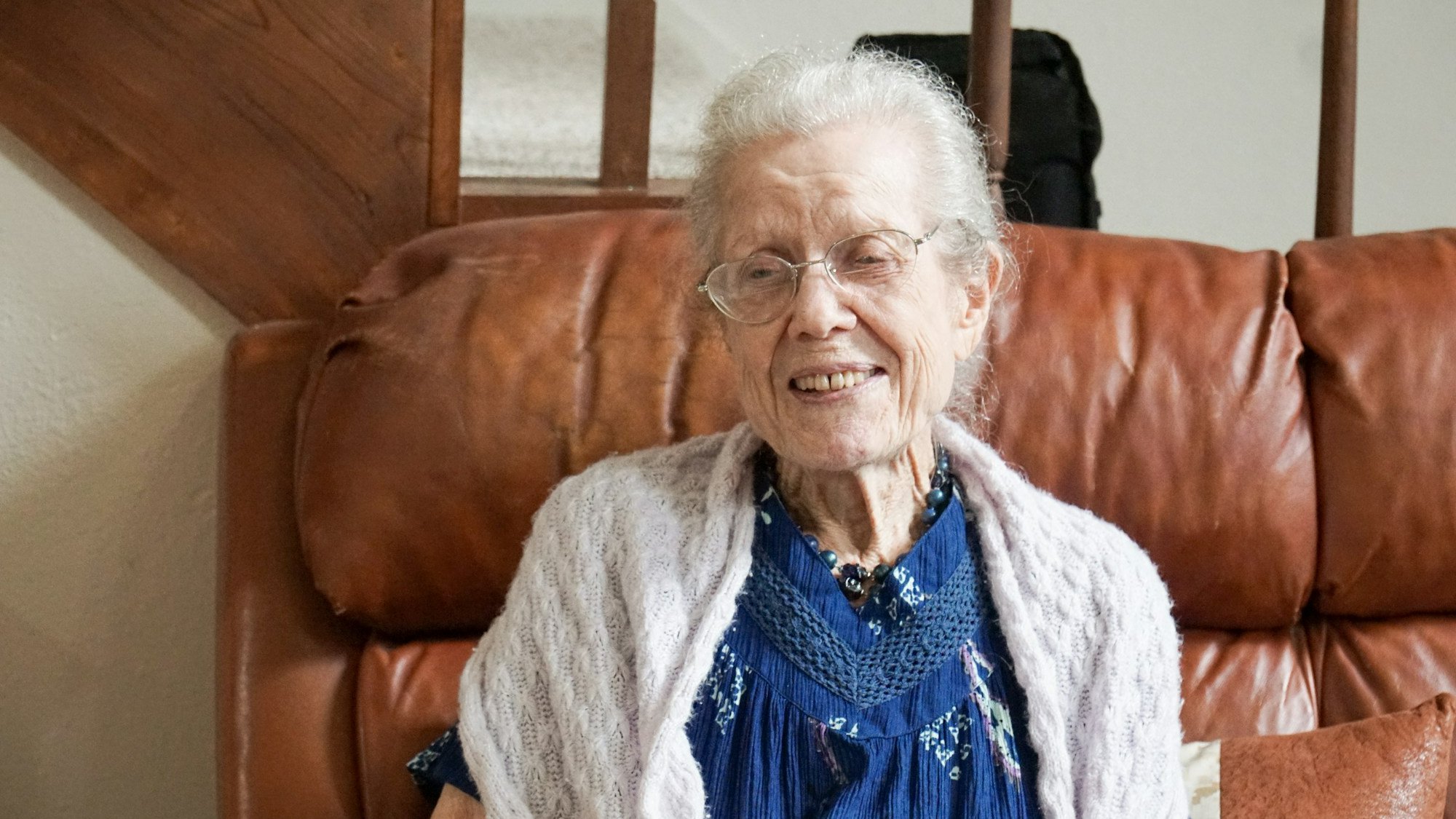Aging at home provides seniors with comfort, independence, and a familiar environment. For many families, keeping loved ones in their own homes is the best option. But what are the real benefits? From improved emotional well-being to cost savings, aging in place offers key advantages over assisted living. Let’s examine the main benefits and how they can improve your loved one’s quality of life.
Key Takeaways:
- Aging at home preserves comfort, independence, and routine while reducing stress and supporting longevity.
- Quality of life improves with familiarity, community connections, and personal control over daily activities.
- Emotional benefits include reduced loneliness, stronger ties with loved ones, and a sense of stability.
- Home vs. assisted living: Aging at home provides more privacy, control, and existing social connections.
- Home modifications: Install grab bars, improve lighting, use no-slip floors, and widen doorways for accessibility.
- Fall prevention: Secure loose rugs, use bright lighting, and install handrails.
- Financial support: Medicare covers short-term skilled care; Medicaid, VA benefits, and tax deductions may help.
- Caregiver challenges: Support groups, respite care, and shared responsibilities help prevent burnout.
- Technology assists seniors with smart devices, emergency alerts, and telemedicine.
- Staying socially active reduces loneliness through family visits, community programs, and pet therapy.

What Are the Key Benefits of Aging at Home?
Aging at home allows seniors to maintain their comfort, routine, and independence. A home is filled with memories, and familiar surroundings bring a sense of peace. Daily activities can continue as usual—waking up in a familiar bed, cooking in a personal kitchen, and enjoying personal space without adapting to new rules or schedules.
How Does Aging in Place Improve Quality of Life?
Aging at home supports engagement with the community and daily routines. Seniors can choose how to spend their time, what to eat, and when to rest. This level of freedom improves mental well-being and fosters a sense of control. Studies suggest that staying in a familiar environment lowers stress and contributes to a longer, healthier life. It also eliminates the emotional strain and financial burden of relocating.
What Are the Emotional and Psychological Benefits of Staying at Home?
Remaining at home allows seniors to stay close to loved ones and maintain meaningful connections. Many experience loneliness in assisted living facilities, but living at home enables frequent visits from family and friends. Familiar surroundings provide a sense of stability, reducing anxiety and encouraging engagement in enjoyable activities, whether gardening, reading, or relaxing in a favorite chair.
How Does Remaining at Home Compare to Assisted Living?
Assisted living provides care but often requires adapting to structured routines and shared spaces. Privacy may be limited, and daily choices may be more restricted. Aging at home allows for greater control over daily life without adjusting to facility regulations. While assisted living offers social opportunities, staying at home makes it easier to maintain long-standing relationships and routines. With available resources like independent living support and home health services, aging in place remains a safe and fulfilling option.
Aging at Home: Safety Modifications
A few simple adjustments can make a home safer and allow seniors to maintain independence.
What Are the Most Important Home Modifications for Seniors?
Adding grab bars in the bathroom, improving lighting, and using no-slip floors are important steps. These changes reduce the risk of falls, a leading cause of injury among seniors. Widening doorways and installing ramps help those who use walkers or wheelchairs. A walk-in tub or shower can reduce the risk of bathroom falls, while kitchen adjustments, such as lowering countertops and installing easy-grip handles, improve accessibility.
How Can You Prevent Falls and Other Household Accidents?
Eliminating hazards like loose rugs, exposed cords, and slippery floors helps prevent accidents. Poor lighting is another risk factor—brightening hallways, staircases, and bathrooms improves visibility. Non-slip mats in the bathroom and kitchen add protection, and sturdy handrails on both sides of staircases provide extra support. Keeping frequently used items within easy reach can also reduce the risk of falls.
What Role Do Mobility Aids Play in Safety and Aging at Home?
Mobility aids such as walkers, stairlifts, and bed rails help seniors move around safely while maintaining independence are all key parts of aging at home. A cane or walker provides support in daily activities, stair lifts allow for safe movement between floors, and bed rails assist with getting in and out of bed. These tools provide confidence and reduce fall risks, ensuring safety at home.
Making these adjustments allows seniors to stay in their homes comfortably and securely for years to come.
Financial Resources for Aging at Home
What Are the Typical Costs of In-Home Care Services?
Costs vary based on the level of care needed. On average, home health aide services cost around $6,300 per month, while basic homemaker services average about $5,150 per month. Pricing depends on location and provider. Part-time assistance may be affordable, but full-time or specialized care can be costly. Many families combine paid services with family caregiving to manage expenses.
What Government Assistance Programs Help with Senior Home Care?
Medicare, Medicaid, and the Department of Veterans Affairs (VA) offer some financial aid. Medicare covers short-term skilled care after a hospital stay, while Medicaid may cover long-term care depending on income and state rules. The VA provides benefits such as Aid and Attendance for veterans needing home care. Some states also offer financial assistance programs.
Are There Tax Deductions or Financial Aid Options for Caregivers?
Caregivers may qualify for tax deductions and credits. If financially supporting a loved one, it may be possible to claim them as a dependent, deduct medical expenses, or use a Flexible Spending Account (FSA) for eligible costs. Some states provide caregiver support programs offering financial aid or respite care. Consulting a tax professional can help determine applicable benefits.
How Can Family Caregivers Manage the Challenges of Home Care?
Caring for a family member at home can be physically, emotionally, and financially demanding. Many caregivers experience burnout, particularly when balancing work or other responsibilities. Watching a loved one’s health decline can also be overwhelming.
Taking breaks through respite care can help prevent caregiver exhaustion. Respite services provide short-term care at home or in a facility so caregivers can rest, run errands, or focus on their own health. Some programs even offer in-home assistance for a few hours, helping with daily tasks.
Support groups can provide guidance and emotional relief by connecting caregivers facing similar challenges of loved ones aging at home. Community programs may offer transportation, meal deliveries, or adult day services. Setting clear responsibilities and seeking help from other family members can also prevent burnout. Caring for oneself is just as important as caring for a loved one.
What Professional Caregiving Options Are Available?
Choosing the right care solution depends on personal needs, budget, and preferences.
How Do You Choose the Right Home Care Agency or Private Caregiver for aging at home?
Start by identifying specific care needs—whether assistance with meals, bathing, or medical support. Research professional caregiving services and look for agencies with strong reviews, proper licensing, and experienced staff. If hiring a private caregiver, interview candidates, check references, and verify qualifications.
What Qualifications Should You Look for in a Home Caregiver?
A caregiver should have experience in senior care and the necessary training. Certifications in first aid, CPR, or home health assistance are helpful. Patience, reliability, and kindness are equally important. If medical care is needed, a caregiver with nursing experience may be required.
How Does Medicare or Private Insurance Cover Home Care Services?
Medicare partially covers home health services like nursing care and therapy but does not cover full-time personal care. Medicaid may assist low-income seniors. Private insurance and VA benefits can also help. Reviewing policies with providers will clarify coverage details.
How Can Technology Support Seniors Aging at Home?
Technology makes aging in place safer and more convenient through smart home devices, emergency alert systems, and telemedicine.
What Smart Home Devices Improve Safety for Seniors?
Motion sensors, smart locks, and automated lighting enhance safety inside the home. Motion-activated lighting reduces fall risks, while smart locks allow remote access control. Video doorbells let seniors check visitors without opening the door. Voice assistants help with medication reminders and scheduling.
How Can Emergency Alert Systems Provide Security for Aging at Home?
Wearable emergency alert devices offer instant access to help at the push of a button. Some models detect falls automatically, connecting with emergency services even if the user is unable to call.
What Telemedicine Services Help Seniors?
Telemedicine enables virtual doctor consultations, prescription management, and health monitoring from home. Smart health devices send real-time data to doctors, ensuring prompt medical attention when needed.
Aging at home is possible with the right support, safety measures, and planning.
Let Us Help Your Loved One Age Comfortably at Home
At East Arkansas Area Agency on Aging, we understand the challenges of caring for an aging parent at home. Our compassionate team is here to support you every step of the way. You are not alone in this journey. Contact us today to learn more about how we can help your loved one age comfortably and safely in their own home.


